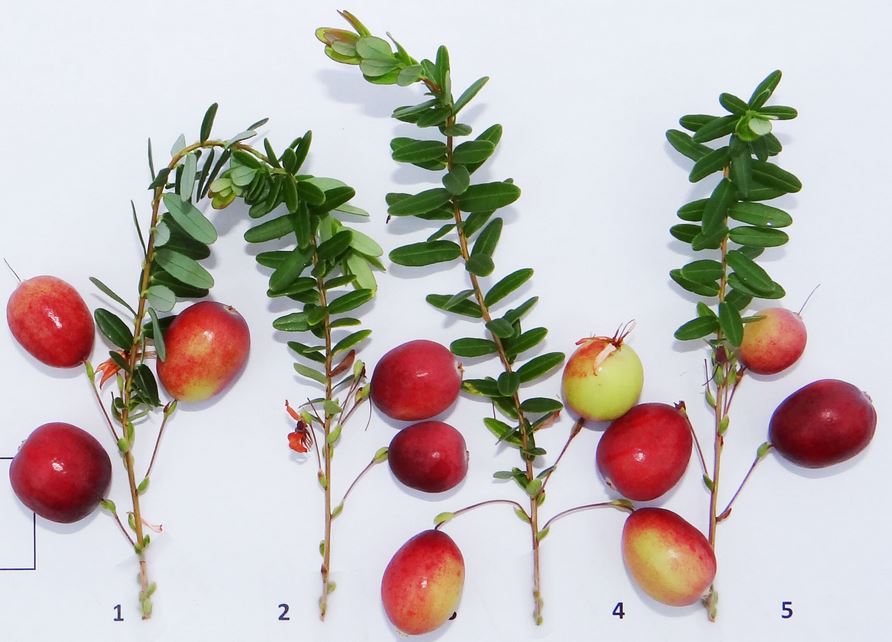Biotic and abiotic factors contribute to cranberry pollination
DOI:
https://doi.org/10.26786/1920-7603(2015)2Abstract
As bee populations continue to decline, farmers face possible crop failures due to insufficient pollination. Crops, however, vary in the degree to which they depend on pollinators, suggesting that some crops may not be as sensitive to variation in pollinator availability and/or abundance as others. The objective of this study was to determine the contribution of biotic and abiotic factors to cranberry pollination. We performed field and greenhouse experiments to compare the effect of biotic (i.e., bee or hand pollination) and abiotic (i.e., wind, agitation) factors on yield. We found that even in the absence of bees, cranberry is able to produce a significant yield. In the field, plants in the abiotic treatments produced higher yields (wind 230 bbl/ac [barrels per acre], agitation 200 bbl/ac) than the closed control treatment (108 bbl/ac), although these yields were not as high as the open, biotic treatment (367 bbl/ac). This corresponds to a contribution of 41% by bees, 30% by non-bee insects, and 29% by mechanical agitation. In the greenhouse, the agitation treatment had, on average, higher berry weight per upright (0.6 g/upright) than the undisturbed control treatment (0.04 g/upright), but again, not as high as the biotic treatment (3.0 g/upright). This confirmed that cranberry does not autogamously self-pollinate indicating that all yields are due to biotic or abiotic vectors moving pollen between flowers. Although bees clearly contribute to cranberry pollination, previous studies have understated the contribution of alternative mechanisms by which cranberry pollen can move between flowers.
Downloads
Published
How to Cite
Issue
Section
License
Copyright (c) 2015 Hannah R Gaines-Day, Claudio Gratton

This work is licensed under a Creative Commons Attribution 4.0 International License.
JPE is an open access journal which means that all content is freely available without charge to the user or his/her institution.
Authors who publish with this journal agree to the following terms:
1) Authors retain copyright and grant the journal right of first publication with the work simultaneously licensed under a Creative Commons Attribution License that allows others to share the work with an acknowledgement of the work's authorship and initial publication in this journal.
2) Authors are able to enter into separate, additional contractual arrangements for the non-exclusive distribution of the journal's published version of the work (e.g., post it to an institutional repository or publish it in a book), with an acknowledgement of its initial publication in this journal.
3) Authors are permitted and encouraged to post their work online (e.g., in institutional repositories or on their website) prior to and during the submission process, as it can lead to productive exchanges, as well as earlier and greater citation of published work (See The Effect of Open Access).
To assure a broader targeted audience, content will be included into databases (such as EBSCO) and directories (such as DOAJ).











